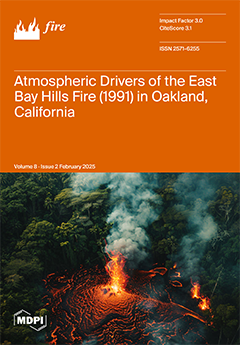Open AccessArticle
Thermomechanical Treatment of SRF for Enhanced Fuel Properties
by
Rostislav Prokeš, Jan Diviš, Jiří Ryšavý, Lucie Jezerská, Łukasz Niedźwiecki, David Patiño Vilas, Krzysztof Mościcki, Agata Mlonka-Mędrala, Wei-Mon Yan, David Žurovec and Jakub Čespiva
Viewed by 2335
Abstract
Solid recovered fuel (SRF) is highly suited for thermal treatment, but its low bulk density and other physical properties limit the number of compatible energy systems that can effectively process it. This study presents the findings on SRF energy utilisation, focusing on mechanical
[...] Read more.
Solid recovered fuel (SRF) is highly suited for thermal treatment, but its low bulk density and other physical properties limit the number of compatible energy systems that can effectively process it. This study presents the findings on SRF energy utilisation, focusing on mechanical treatment and a novel approach to its small-scale co-combustion with certified softwood (SW) pellets and catalytic flue gas control. In this study, the processes of certified SRF feedstock characterisation and mechanical treatment were thoroughly examined. Unique SRF pellets of proper mechanical properties were experimentally prepared for real-scale experiments. Mechanical and chemical properties, such as mechanical resilience, toughness, moisture and heating value, were examined and compared with standard SW A1 class pellets. The prepared SRF pellets possessed an energy density of 30.5 MJ∙kg
−1, meeting the strict requirements from multiple perspectives. The influence of pelletisation temperature on pellet quality was investigated. It was found that increased resilience and a water content of 1.59% were achieved at a process temperature equal to 75 °C. Moreover, the moisture resilience was found to be significantly better (0.5 vs. 14.23%) compared with commercial SW pellets, while the hardness and durability values were reasonably similar: 40.7 vs. 45.2 kg and 98.74 vs. 98.99%, respectively. This study demonstrates that SRF pellets, with their improved mechanical and energy properties, are a viable alternative fuel, from a technical standpoint, which can be fully utilised in existing combustion units.
Full article
►▼
Show Figures





